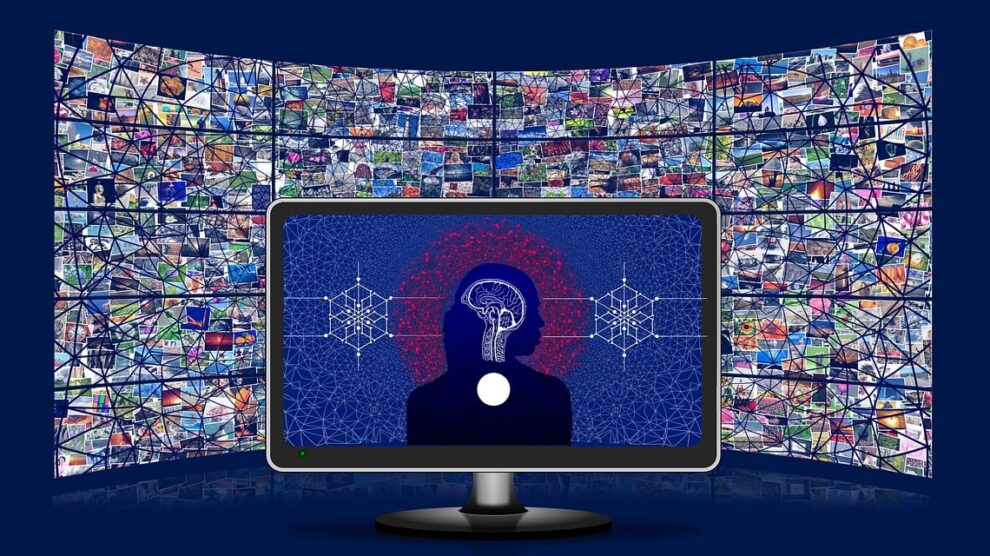A recent report says 75 percent of the global workforce is using AI at work. For content developers, AI has the allure of many valuable upsides – from generating entirely new images to automating tedious tasks. When used correctly, AI empowers creators to work more efficiently, with research estimating as much as 40 percent of working hours augmented by generative AI. So, here’s the real upside: more time to do what creatives do best- create.
Like anything new, there has also been some high-profile backlash. Most of the pushback has been around big tech companies misusing customer data. For example, recently, Adobe customers objected to the updated terms of use they claimed allowed Adobe to seize their intellectual property and use their data to feed AI models.
And there was controversy around the Figma’s Make Design AI feature. This AI-driven tool, which helps users quickly generate app interfaces, has faced criticism after it was discovered to unintentionally produce copycat designs. Figma quickly pulled the tool, but the debate over its implications still lingers.
Ninety percent of users say AI helps them save time and 84% of workers say using AI allows them the freedom to be more creative. As creators look for ways to use these tools to assist with the monotonous, time-consuming parts of their job, it is vital to implement best practices to ensure both legal and ethical integrity. Here are three guidelines to keep in mind when integrating new AI software into your creative workflows:
1. Privacy Protection
Data privacy and data protection are paramount. Many AI solutions require access to sensitive data, which can be vulnerable to breaches if not properly secured. Choose vendors that adhere to strict data protection policies so that you can be confident your intellectual property is protected, and your data is not used to train public models. Do your homework – look at the company’s website, their terms and conditions, or chat with a customer representative to confirm the policies in place. This will help you determine whether the AI vendor uses licensed, real-world data and has strong privacy protections intact.
2. Use Licensed Data
AI models are trained on vast amounts of data, which might include copyrighted content. When selecting AI software – especially generative tools – it is important to confirm that they are built on licensed data. This can help address issues of confidentiality, usage considerations or limitations which often may be experiential and machine-aided in connection with the collection, use and disclosure of data. Using unlicensed data can lead to significant legal ramifications, including lawsuits and fines.
3. About that data – make sure it’s not synthetic
Synthetic data is information that’s artificially manufactured to mimic real-world data but is not produced by real-world events. While artificial data can be useful, it can also introduce biases and inaccuracies that compromise the quality of your work. AI models reliant on artificial data may produce outputs that do not reflect real-world scenarios accurately, leading to misleading content. Researchers at the University of Cambridge found that AI models trained on AI-generated synthetic data collapsed into gibberish in as few as nine iterations. Making sure that the solutions you implement are trained on real, representative information is key for maintaining the quality and reliability of your work.
More Time for Creators to Create
When used responsibly, AI has the potential to automate repetitive tasks, making content creation more effective, while providing valuable time savings. Balancing the use of AI with creativity and critical thinking will help eliminate any possible security or privacy risks, while reaping the benefits.
AI allows creators to focus more on the artistic aspects of their work while ensuring efficiency and precision. For example, AI features such as background replacement enable marketers and designers to change the backdrop of any image with simple prompts, keeping visuals relevant without the need to create multiple variations manually. A background removal feature highlights the prominent feature of your images and removes the background noise.
AI also aids in organizing and optimizing content with features such as automatic tagging, making images instantly searchable, significantly reducing the time spent on doing this manually. By automating monotonous tasks, creators can maximize their productivity by using automation to handle routine tasks and dedicating more time to what they do best – their creative vision. AI is already making a significant impact in the creative industry, helping marketers work smarter, not harder.





